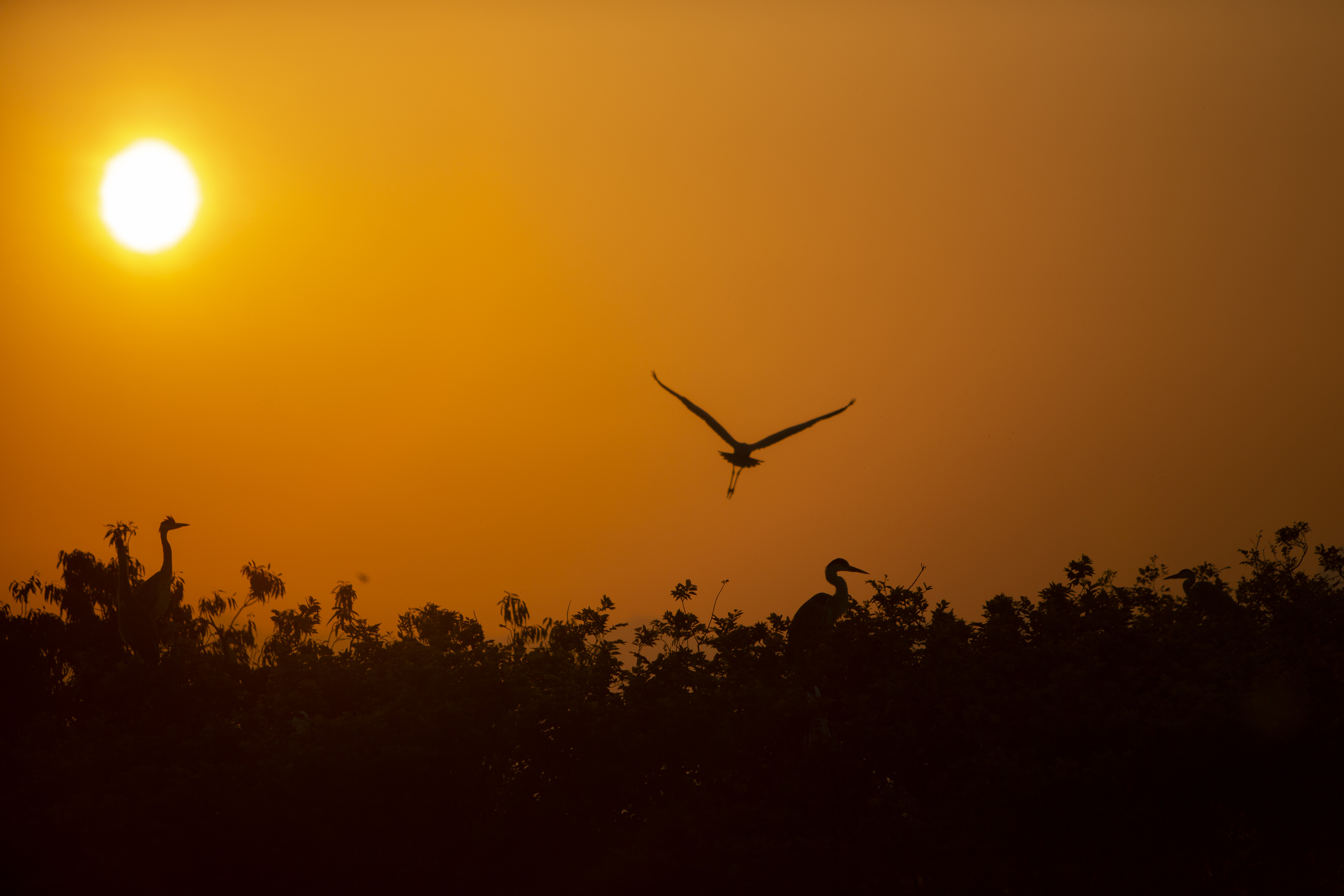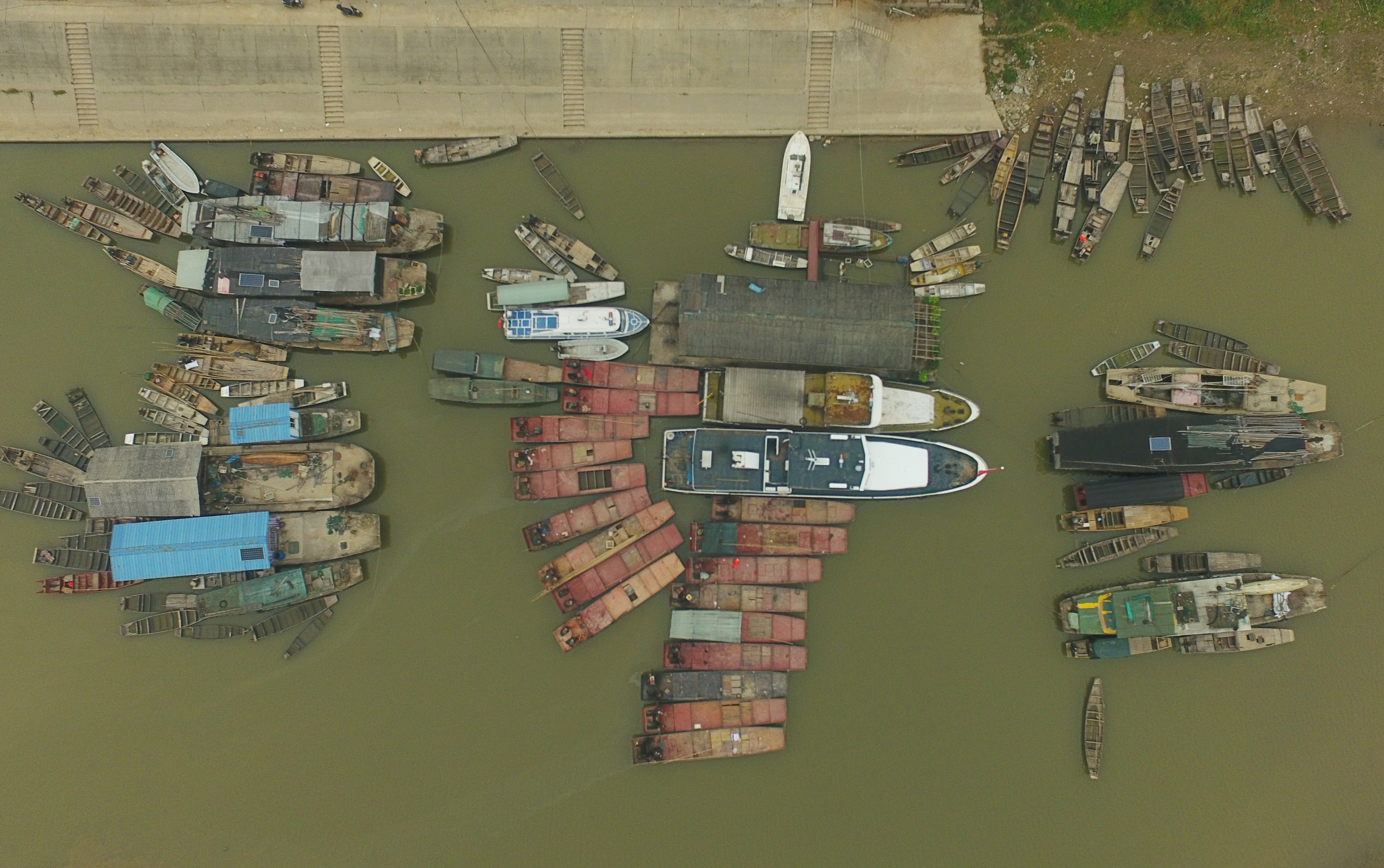-- The Yangtze River, which stretches over 6,300 km, boasts rich and complex terrains and climate along its basin and has one of the highest levels of biodiversity in the world.
-- Data showed that there are more than 4,300 kinds of aquatic life living in the Yangtze River basin, including more than 400 types of fish.
-- China has made enormous efforts to preserve biodiversity along the river, including a 10-year fishing moratorium began this year in 332 conservation areas in the Yangtze River basin, which will be expanded to all the natural waterways of the Yangtze and its major tributaries from no later than Jan. 1, 2021.
by Xinhua writers Zhu Xiao, He Leijing and Ma Yujie
NANJING, June 4 -- In Yaoguan Township, east China's Jiangsu Province along the Yangtze River, lichens began to reemerge after being absent for over three decades.
"Lichen is a symbiont of fungi and green algae. They are known as 'environmental monitors' as they are very sensitive to pollutants such as automobile and industrial exhausts and acid rain," said Feng Hui, a local official.

Herons are silhouetted against the setting sun at a conservation base for migratory birds by the Poyang Lake in east China's Jiangxi Province, April 9, 2020. (Xinhua/Zhang Haobo)
What happened in Yaoguan, Changzhou City, is a reflection of the progress made by China in recent years in restoring the biodiversity of the Yangtze River, China's longest.
The Yangtze, which stretches over 6,300 km, boasts rich and complex terrains and climate along its basin and has one of the highest levels of biodiversity in the world. Towering mountains, dense forests, fertile wetlands and bustling waterways have made the Yangtze River basin a vital habitat for charismatic species such as the snow leopard, giant panda, Chinese sturgeon and Yangtze finless porpoise.
Data showed that there are more than 4,300 kinds of aquatic life living in the Yangtze River basin, including more than 400 types of fish.
The finless porpoise, an endemic species in China, is also an important indicator of the ecology of the Yangtze.
Jiang Yi, a full-time volunteer, still vividly remembers her first encounter with the finless porpoise.













